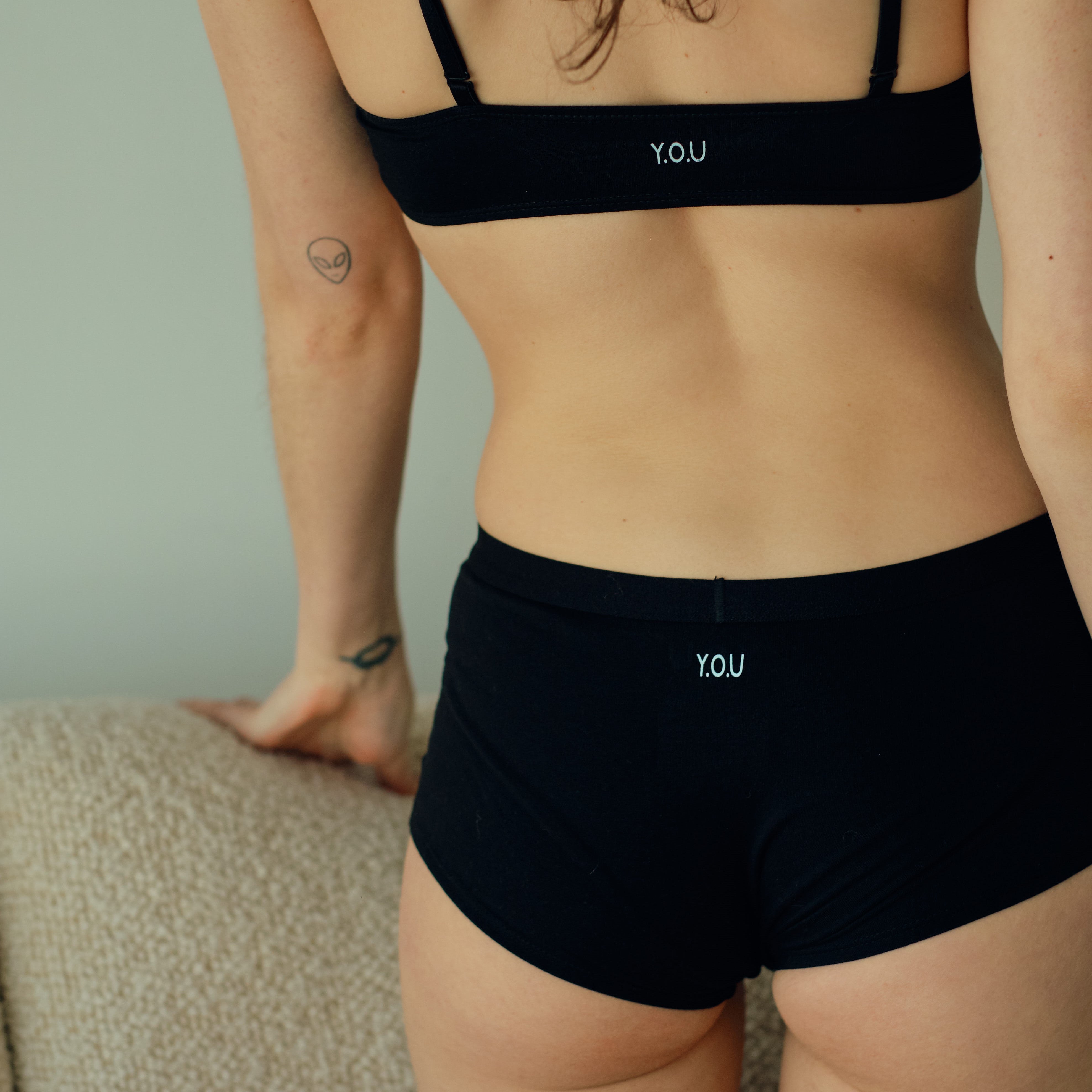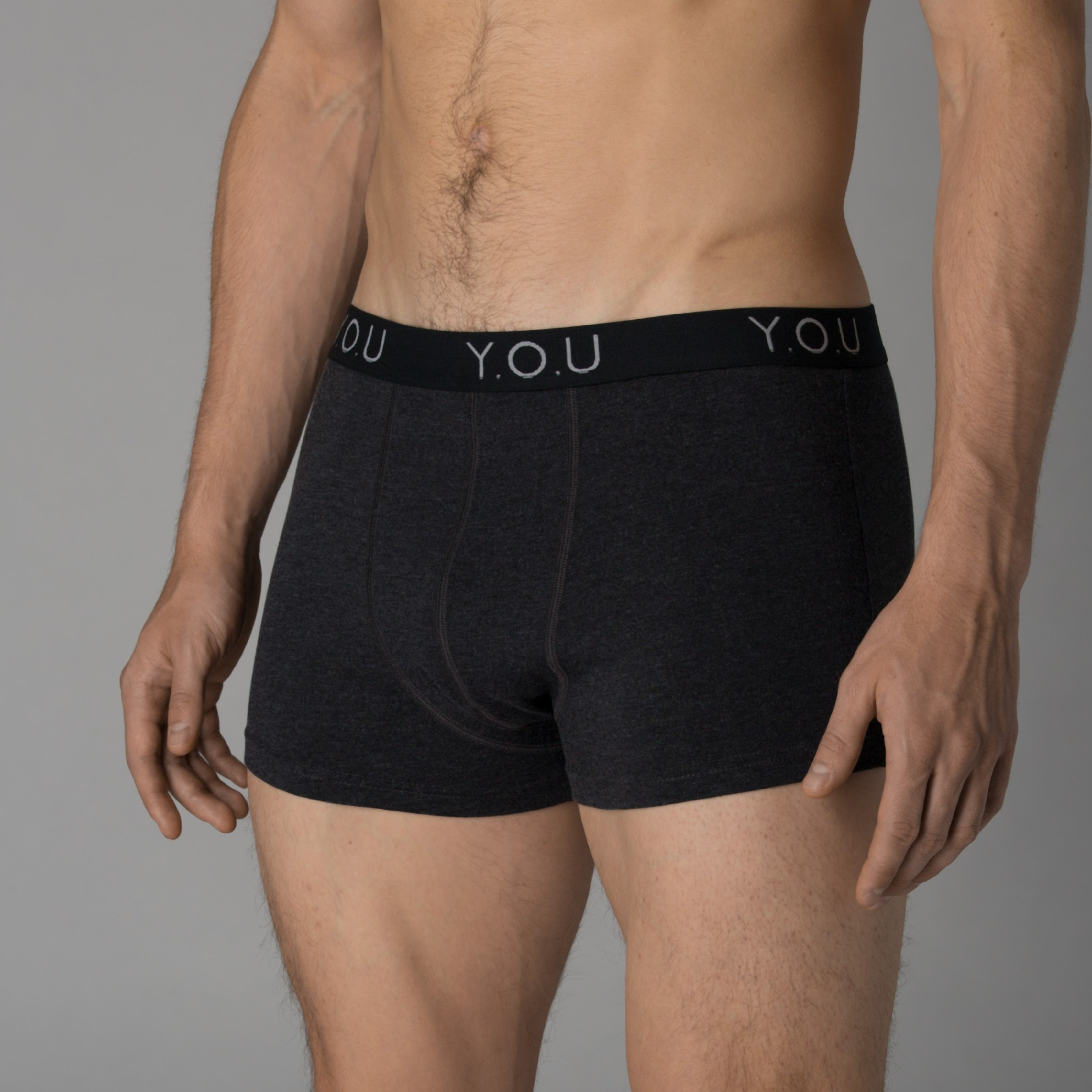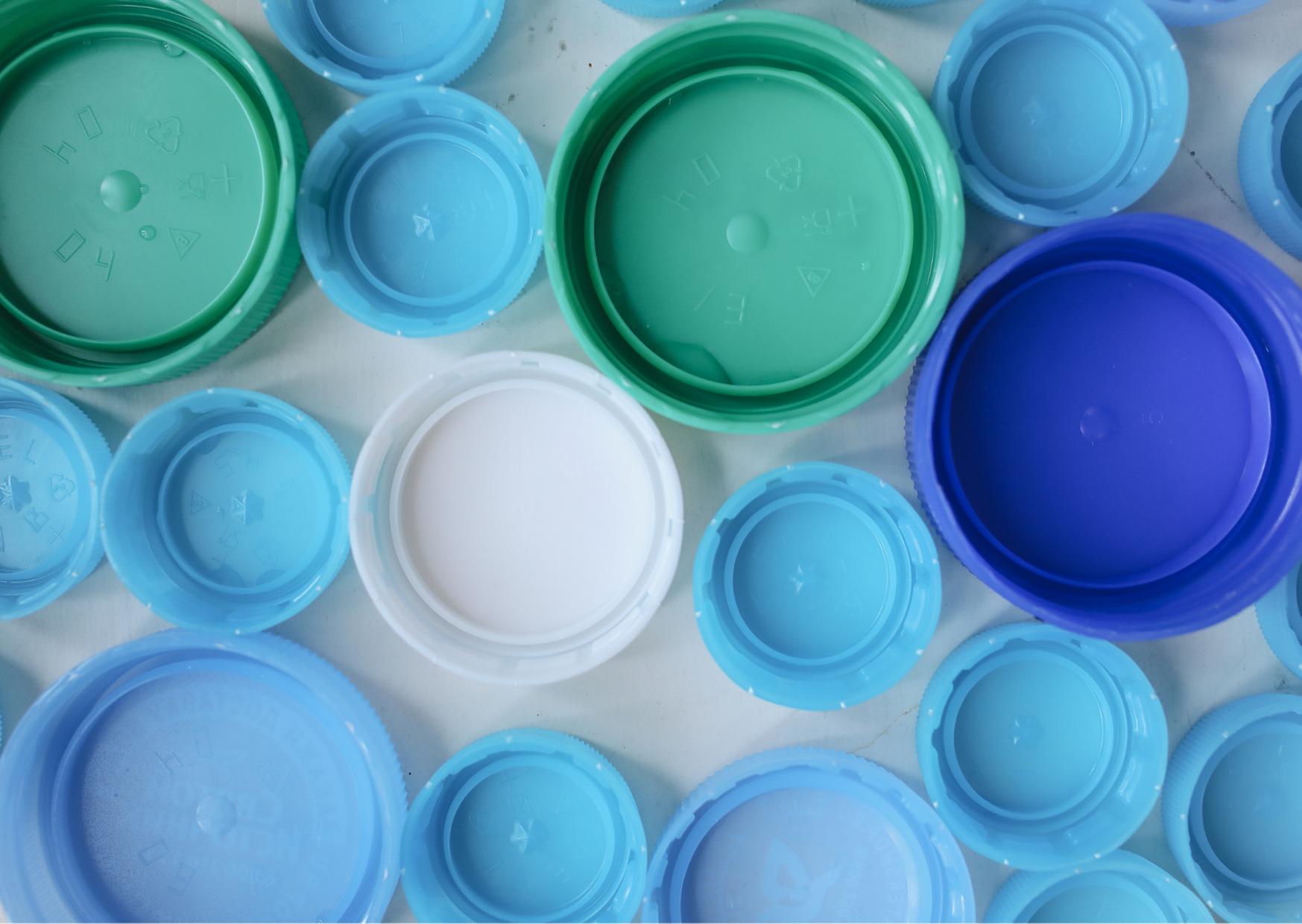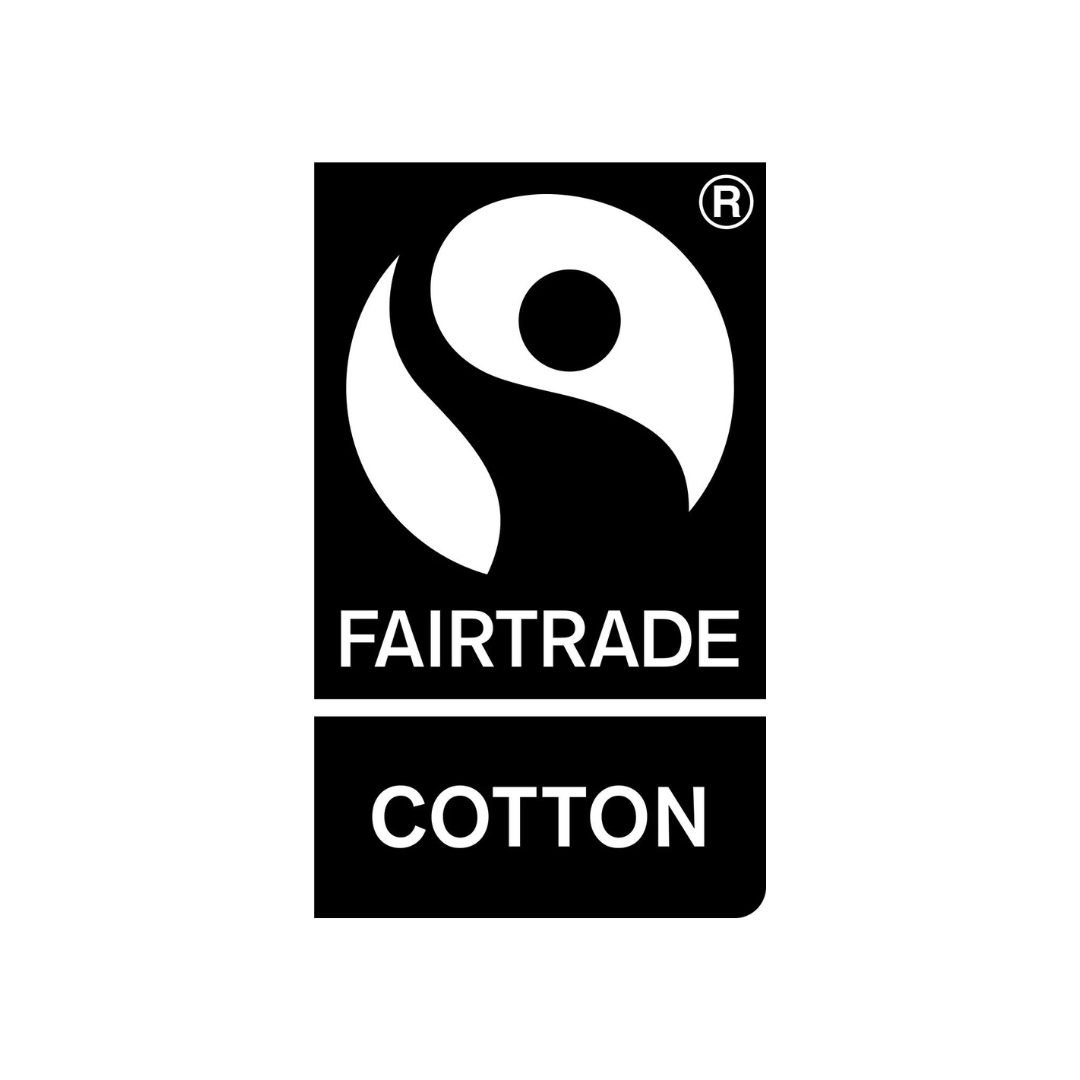
A Guide To Micro Plastics, the Invisible Fibres in our Clothing
Plastic has been an important component of our clothing ever since the chemical company DuPont introduced polyester into men’s suits in the 1950s. Today, over 60% of new fabrics are made entirely out of oil-derived plastics such as polyethylene terephthalate (PET), from which fibres like nylon, polyester and acrylic are made.
What are the benefits of plastic in clothing?
Synthetic fibres are often easier to iron, lighter, easier to dry and more comfortable than clothes made of natural fibres, and they can also bring the added benefits of stretch and durability. Just think of fleeces – usually made out of polyester, they bring all the benefits of light, comfortable warmth. And unlike natural fibres, which require resources to grow/harvest, synthetic fibres come from crude oil, so as long as this is available, they can be produced quickly and cheaply with comparatively low amounts of water and land.
But…too good to be true?
Even though their production places less pressure on finite resources like land and water, synthetic fibres pose serious problems when it comes to both the usage, and disposal, of clothing
Use:

When synthetic fabrics are washed, they release millions of tiny hair-like strands, that are much thinner than the human hair and some are so small that they can’t be seen with the naked eye. One wash load of clothes could be shedding up to 17 million microfibres! (Friends of the Earth).
Microfibres are small enough to pass straight through wastewater treatment plants, eventually ending up in the sea. They also get caught up in the sludge at these treatment plants, which gets sprayed over soils as fertiliser. Once in the broader environment, microplastics absorb harmful chemicals that escaped years ago, such as DDT and toxins from detergents. Small sea creatures like plankton ingest microplastics, and they then begin the process of passing up the food chain along with their new toxic buddies! Microplastics also travel around the world – they’ve been found everywhere from Antarctica to Scottish mineral water, beer to table salt, and even the air!
Disposal:

It’s quite tricky to recycle mixed fabrics (polycotton) or mixed fabric garments. Recycling technology is gradually being developed to cope with garments that have more complicated compositions, but it makes things a lot more difficult!
The root of these problems can be found in the clothes that we buy, and how we wash them. So how can we minimise our own impact as individuals? If – like most of us – you already own clothes that contain synthetic fibres, don’t get rid of them. The most sustainable clothing is the stuff you already own, so the best thing you can do is continue to use it and maximise its lifespan. Instead, take a look at our top tips on how to minimise microfibre shedding in the wash:
💚 Try to wash your clothes at 30 degrees. Lower temperatures cause less disruption to fibres, meaning they shed less!
💚 Invest in a product designed to catch microfibres in the wash: the Guppy Bag and Cora Ball are two great options.
💚 Reduce the friction of your clothes in the wash by filling the machine, reducing spin speeds, and opting for air-drying over tumble-drying.
…and in the future, try to avoid buying synthetic fibres when you can. Polyester fleeces are one of the biggest emitters of microfibres, and new garments shed significantly more than those old favourites.















Leave a comment
This site is protected by hCaptcha and the hCaptcha Privacy Policy and Terms of Service apply.